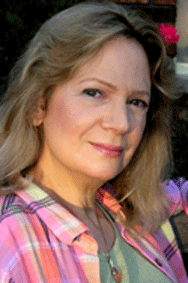Noted author Judy Blume once said, “Fear is often disguised as moral outrage.” I pondered this concept – one I happen to agree with – as I read a Chicago Tribune story about a student-run book club at Chicago’s Lane Tech College Prep High School. The club is called 451 Degrees, the temperature at which book paper burns in Ray Bradbury’s classic 1953 futuristic book about a repressive America that confiscates books and burns them. The Lane Tech book club was created by 16-year-old student Levi Todd with the express purpose of reading banned and controversial books.
Earlier this month, Chicago Public Schools issued a directive that removed all copies of the highly acclaimed, award-winning autobiographical graphic novel* Persepolis from seventh-grade classrooms because of “powerful images of torture.” Author Marjane Satrapi defended the book about her childhood during the 1979 Iranian revolution, noting, “These are not photos of torture. It’s a drawing and it’s one frame. . . Seventh graders have brains and they see all kinds of things on cinema and the internet.” (*For more about graphic novels, see last week’s Book●ed blog Let’s Get Graphic.)
As a parent, I am sensitive to the challenges of protecting children from unnecessarily disturbing or inappropriate words, images and values (whatever we deem them to be). The key word is unnecessarily; the concept is very subjective. In reality, we cannot protect our children from disturbing or inappropriate words, images or values. In today’s world, they are all around, seeping into our everyday lives. If we close our eyes to this reality, we fail our children and our society. Ignorance is not bliss.
We can do better by our children and our society by being vigilant about controversial books – not by jumping the banned book bandwagon, but by reading those books and discussing the aspects that have raised the controversy. We could all learn much about our world and the people in it and the events that shape our lives – and our future.
(continued in next week’s Book●ed blog)

